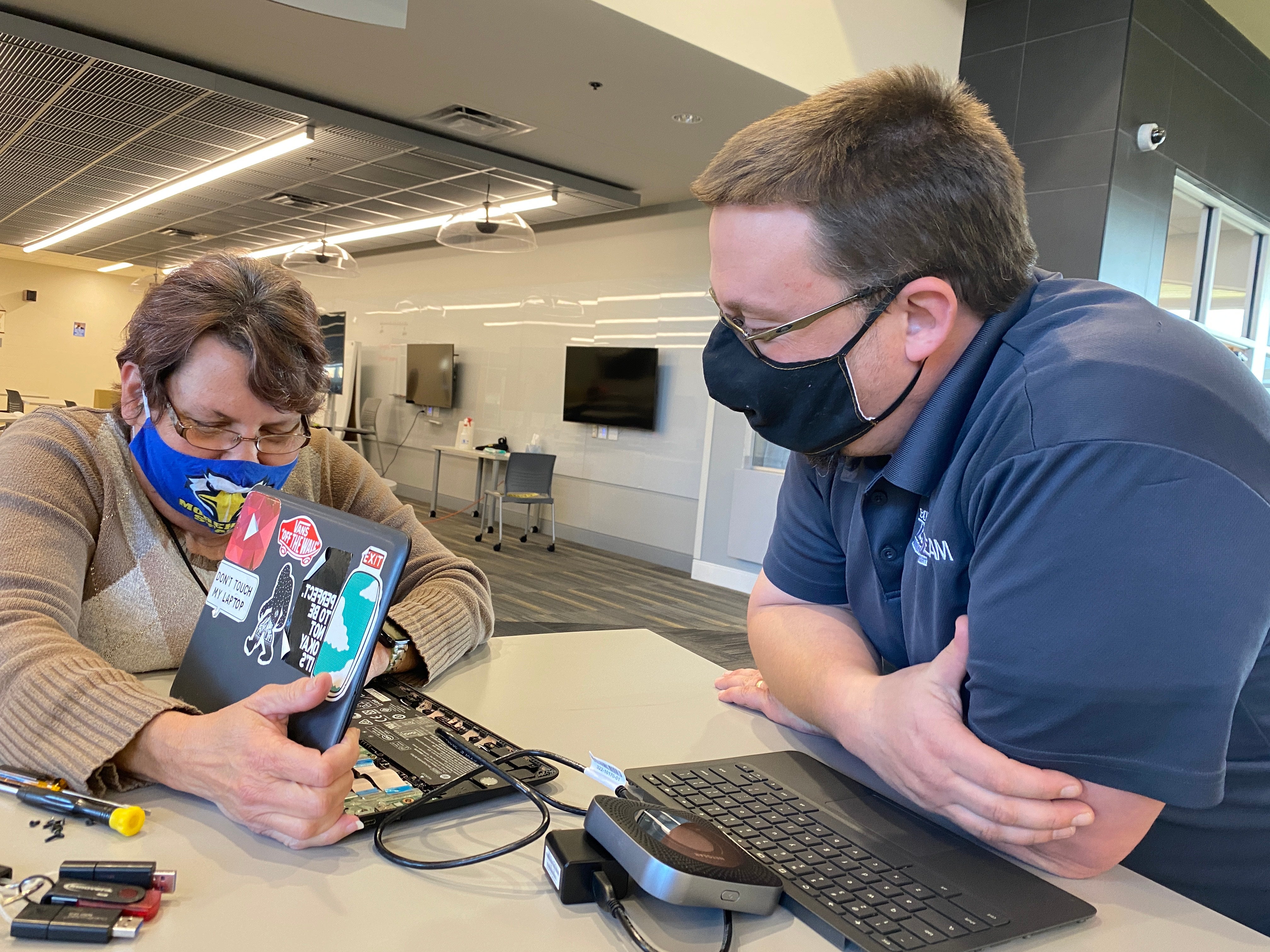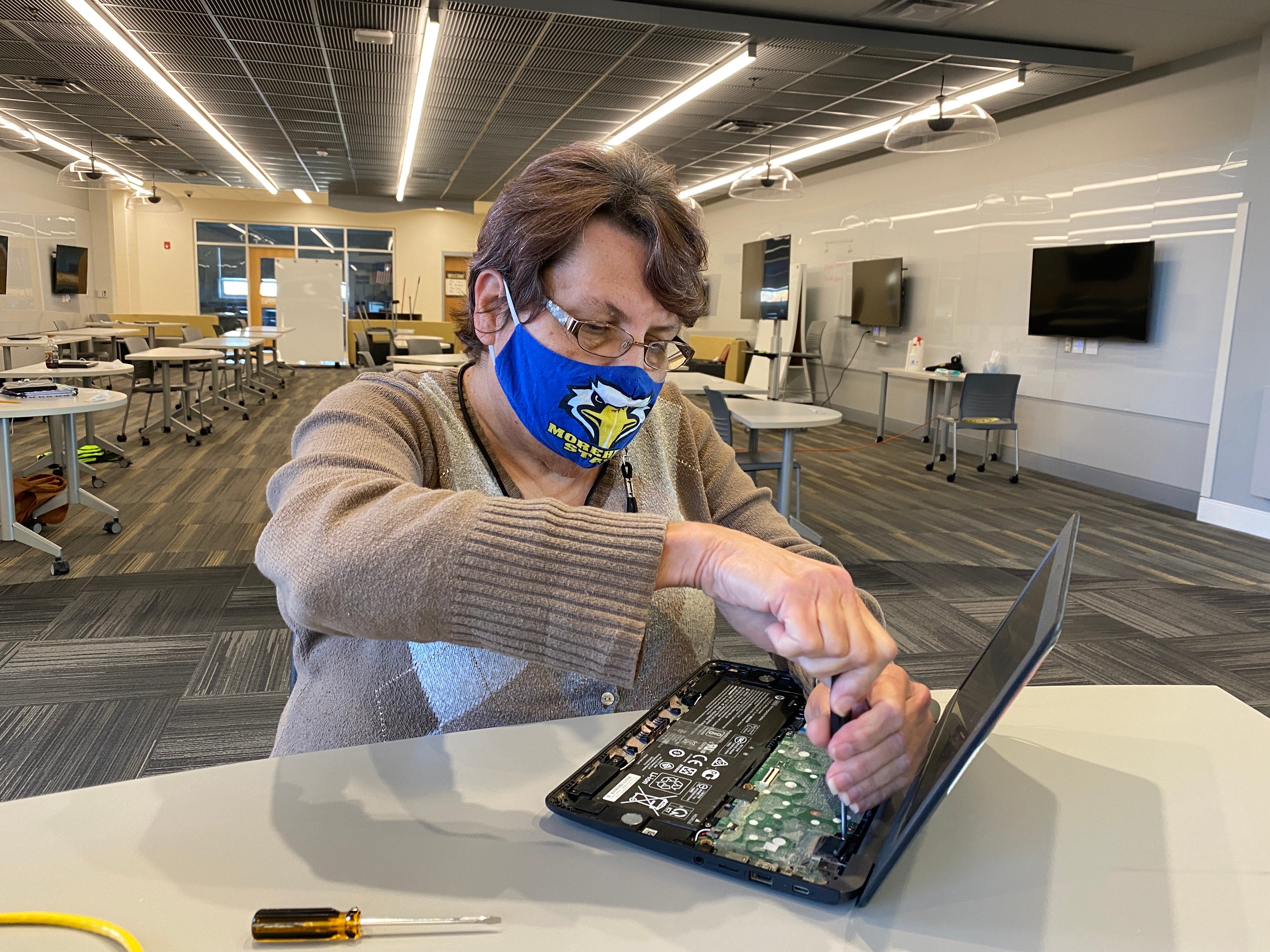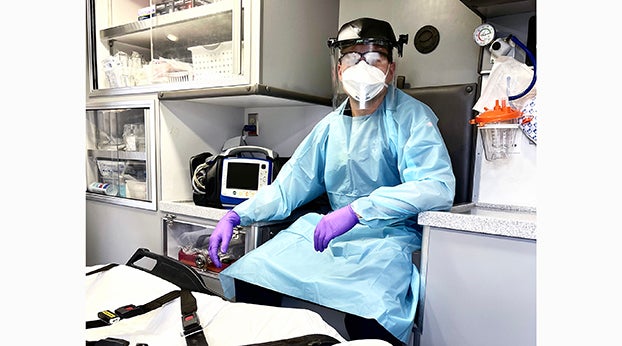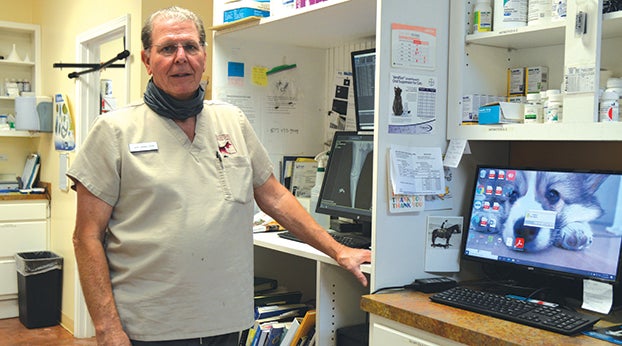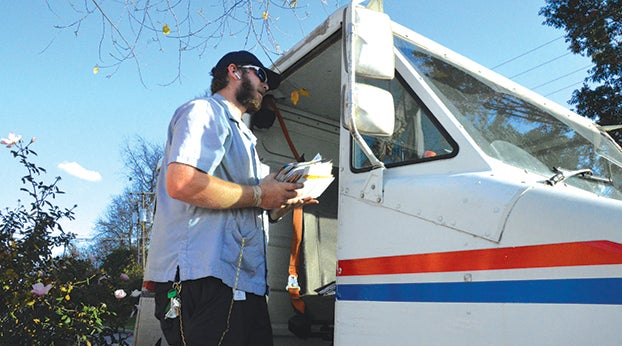PROGRESS 2021:
Technology is essential for virtual learningPublished 5:11 pm Tuesday, March 9, 2021
The use of technology is an essential and normal way of life. Shopping online; watching internet TV; posting on social media; emailing; facetiming; paying for purchases with a fingerprint; and hosting business meetings with associations who are miles away is the new norm.
Well before the COVID-19 pandemic hit, students regularly relied on technology to complete assignments and meet with their teachers.
But when the schools were forced to shut its doors and work out ways to continue teaching their students virtually, the technology staff proved to be more than essential.
Boyle County Schools Superintendent Mike LaFavers said, “Covid 19 has been a challenge for school districts. We have learned a great deal from our efforts to educate children virtually and in person. One of the greatest lessons we have learned is that technology can be leveraged to enhance learning in this difficult moment, and that many of the ways we are using technology will endure even after the pandemic fades.”
The Boyle and Danville school districts educate about 4,600 students combined. And since the pandemic began, the districts provided every student from kindergarten through 12th grade with a Chromebook or iPad. Technicians in both districts are responsible for repairing the devices, setting up online programs for teachers and students; assisting with logins and accounts, and a number of other troubleshooting jobs, so that students and teachers can continue working together whether in the classrooms or at home.
Danville Superintendent Dr. Tammy McDonald said, “Danville’s IT staff have been invaluable to virtual learning. Students are able to engage with their teachers daily. Not only can students engage in their lessons remotely, they can also build relationships with their teachers and peers.”
She added, “Our technology staff is extremely knowledgeable and have been working long hours. They are often behind the scenes and don’t get the credit they deserve. They’ve done an amazing job throughout this crisis.”
Both school districts are depending on programs such as Zoom, Google Meets and Google Classroom. In fact, students and teachers in middle and high schools have been using the programs for a couple of years now.
Brian Gover, director of technology for Danville Schools said, “We use Google Meet for all of our video conferencing and we use Google Classroom as our learning manage system where teachers post assignments and where students turn in work. There are several things that have to be setup on the backend of things for these programs to work, and we constantly have to tweak items as issues and needs arise.”
He added, “Our teachers make things happen and drive the instruction, but technology is definitely an essential tool to accomplish this. If we didn’t have technology during this pandemic, things would be way more difficult and dangerous for all involved.”
He said that over the past few years, the IT staff made moves “that have helped to pave the way for our virtual learning, but there are still things we are learning as we go. Many of our teachers have come up with great and unique ideas in how they setup their equipment to provide online instruction. We are constantly learning new ways of making things work when we assist them.”
Susan Taylor, Boyle’s chief information officer and district technology coordinator said, “I have been so impressed with how our teachers have taken the technology to make it work for them. It’s one thing to say to a teacher, ‘Give this tool a try.’ It’s quite another to see teachers use the tech in a way that is meaningful for them.”
Taylor added, “They’ve adapted during this unique time without compromising high quality teaching. The IT department has adapted as well. It is important we listen to what is instructionally needed. We don’t want to be a roadblock to an innovative idea.”
A major obstacle both districts have had to overcome was the availability of internet for every student so that they can use technology for for their in-home learning. This involved both districts providing hotspots for families who don’t have internet.
A hotspot is a device that has a cellular data plan on it which allows devices, such as Chromebooks, to have access to the internet through the cellular connection, according to Gover.
Danville ordered hotspots in early June, Gover said, but because of the national shortage, they didn’t receive them until three weeks after school began in August. But every student now has access to the internet. “Since every student has a device at home and every family has a hotspt who needs one, things are going as smooth as can be expected in our current circumstances.”
Taylor explained, “We knew early on that this would be our biggest challenge. … There are many areas in our county that are grossly underserved when it comes to internet access. Even when there is access, the speeds are not adequate to keep up with the demands of online learning, especially when you are depending on virtual meetings all day long. This can quickly eat up data packages many of our families currently have. We did not want the added stress of internet access put on our families during this time.”
So, like Danville, Boyle district provided more than 260 families with hotspots. “The district feels it is an important investment during this time.”
However, she added, “Financially we cannot maintain providing hotspots on this scale. Once the pandemic is behind us we will be looking at the hotspot strategy a little differently, but I still foresee there being some need in our county.
“From a technology perspective, COVID-19 has put a spotlight on the deficiencies we have, as a nation, when it comes to quality internet service. I hope that we can make gains in looking at internet access as a utility and not a luxury.”
LaFavers said the technology being used during the pandemic is here to stay. “Looking to the future snow days will likely just be virtual learning days and some of a students workload will either be flipped virtually or some classes may be fully virtual. Some students may prefer learning virtually all together. I don’t think we know the consequences of this moment just yet but certainly technology and the staff that help us maximize its benefits will be key players.”


